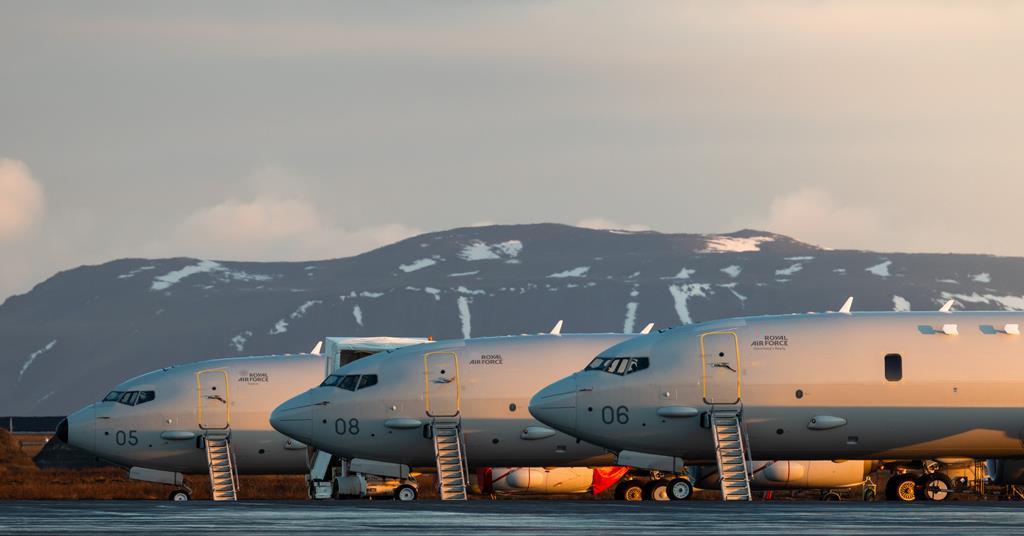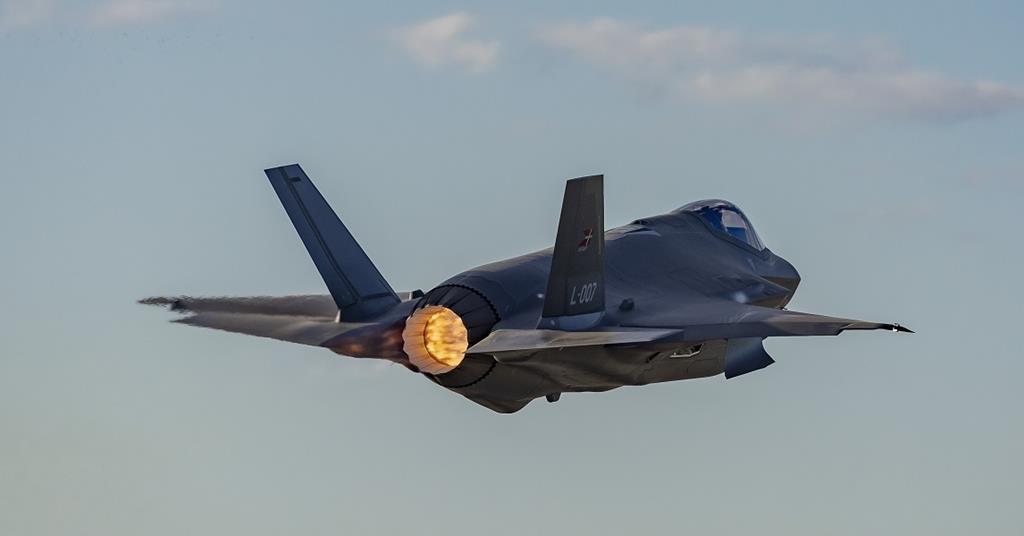German aviation association urges tax cut as carriers ‘avoid’ country’s airports
Company
Legal Links
Contact
- +44 7947 753363
- contact@skylineairporttransfers.co.uk
- 6 Walsall Street Bilston Wolverhampton WV14 0AT
© Skyline Airport Transfers. Created by![]() Beaphoenix WebDesign ltd
Beaphoenix WebDesign ltd
Popular Locations:
Birmingham: Aston, Bournville, Edgbaston, Erdington, Great Barr, Hall Green, Handsworth, Harborne, Northfield, Quinton, Soho, Sutton Coldfield, Amblecote, Brierley Hill, Coseley, Cradley, Gornal, Halesowen, Kingswinford, Lye, Netherton, Sedgley, Stourbridge, Quarry Bank, Bearwood, Blackheath, Cradley Heath, Great Bridge, Old Hill, Rowley Regis, Smethwick, Tipton, Tividale, Wednesbury, West Bromwich, Balsall Common, Bickenhill, Castle Bromwich, Chelmsley Wood, Dorridge, Elmdon, Hampton in Arden, Kingshurst, Knowle, Marston Green, Meriden, Monkspath, Hockley Heath, Shirley, Aldridge, Birchills, Bloxwich, Brownhills, Darlaston, Leamore, Palfrey, Pelsall, Pheasey, Shelfield, Streetly, Willenhall, Bilston, Blakenhall, Bushbury, Compton, Ettingshall, Heath Town, Oxley, Penn, Tettenhall, Wednesfield, Burntwood, Lichfield, Cannock, Rugeley, KIDDERMINSTER, Brierly Hill,
STOURPORT-ON-SEVERN
Coventry: Allesley, Binley, Keresley, Stoke, Tile Hill
Leicester: Abbey Rise, Ashton Green, Aylestone, Beaumont Leys, Bede Island, Belgrave, Blackfriars, Braunstone, Braunstone Frith, Bradgate Heights, Clarendon Park, Crown Hills, Dane Hills, Evington, Evington Valley, Eyres Monsell, Frog Island, Goodwood, Hamilton, Highfields, Horston Hill, Humberstone, Humberstone Garden, Kirby Frith, Knighton, Mowmacre Hill, Netherhall, Newfoundpool, New Parks, North Evington, Northfields, Rowlatts Hill, Rowley Fields, Rushey Mead, Saffron, Southfields, South Knighton, Spinney Hills, Stocking Farm, Stoneygate, St. Matthew’s, St. Mark’s, St. Peters, Thurnby Lodge, West End, West Knighton, Western Park, Woodgate
Derby: Matlock, Ripley, Ashbourne, ILKESTON, SWADLINCOTE , BURTON-ON-TRENT, BAKEWELL,
ALFRETON, BELPER, HEANOR
Telford: Market Drayton, Newport, Shifnal, Broseley, Much Wenlock
Stoke: Stoke-on-Trent, Newcastle, Leek, Uttoxeter, Stone, Stafford
Worcester: Worcester, Droitwich, Pershore, Broadway, Evesham, Malvern, Tenbury Wells
Gloucester: Gloucester, Cheltenham, Stroud, Cirencester, Tewkesbury, Badminton, Berkeley, Blakeney, Chipping Campden, Cinderford, Coleford, Drybrook, Dursley, Dymock, Fairford, Lechlade, Longhope, LydbrookLydney, Mitcheldean, Moreton-in-Marsh, Newent, Newnham, Ruardean, Stonehouse, Tetbury, Westbury-on-Severn, Wotton-under-Edge.
Nottingham: Nottingham, Sutton-in-Ashfield, Mansfield, Newark, Southwell, Grantham, Sleaford
Leicester: Leicester, Hinckley, Loughborough, Melton Mowbray, Oakham Market, Harborough, Lutterworth, Wigston, Ashby-de-la-Zouch, Ibstock, Markfield
Oxford: Oxford, Kidlington, Chipping Norton, Thame, Wallingford, Didcot, Wantage, Abingdon, Banbury, Carterton, Woodstock, Bicester, Witney, Chinnor, Watlington
Chester: Chester, Deeside, Bagillt, Buckley, Holywell, Birkenhead, Preston, Wallasey, Wirral, Neston, Ellesmere Port, Prenton
Airports we serve:
BHX: Birmingham Airport
EMA: East Midlands Airport
LHR: London Heathrow Airport
MAN: Manchester Airport
LGW: London Gatwick Airport
LTN: London Luton Airport
SOU: Southampton Airport
BRS: Bristol Airport
LPL: Liverpool John Lennon Airport
LCY: London City Airport
STN: London Stansted Airport



German airline representatives are claiming that point-to-point carriers have not restored their fleets stationed in the country to pre-pandemic levels, and that recovery has stagnated over government-imposed costs.
The German aviation association BDL states that the number of aircraft stationed in Germany by European point-to-point operators is down by 30% – from 190 to 130 – in the six years since 2019, just prior to the onset of the Covid-19 pandemic.
BDL says carriers are “avoiding” Germany and the fleet relocation amounts not only to lost connectivity but also a depletion of the economy.
“Every aircraft stationed in Germany is equivalent to a medium-sized company,” it says, claiming that equates to some 170 jobs and €70 million in gross domestic product contribution.
BDL adds that the situation is also reflected in German airport performance.
Frankfurt airport recorded passenger figures of 61.6 million last year, down 12.7% on 2019, while Munich’s total of 41.6 million was 13.1% lower.
The operator of Frankfurt airport, Fraport, has similarly attributed the weakened recovery to “high state-regulated site costs…namely, air traffic tax”.
BDL says the first six months of this year have not indicated any improvement. It states that the recovery “virtually came to a standstill” over the first half, as a result of the “excessive” costs – while air traffic in other European countries is, on average, “significantly” above pre-pandemic levels.
“We are seeing the consequences at almost every airport in Germany,” says BDL president Jens Bischof. “Airlines are withdrawing their aircraft and deploying them in other European countries with competitive cost levels.
“In view of this alarming development, it is essential that the federal government prioritises the crisis facing Germany as a location for air transport.”
Bischof insists the tax of around €35 ($41) per passenger “must” be halved to alleviate the burden.
“By deciding against urgently-needed relief…the German federal government would be squandering an important opportunity for new economic growth,” he adds.
Analysis from BDL indicates that the annual number of flights between Germany and other European countries, around 1.1 million, is 20% below pre-pandemic levels, while domestic traffic was also “significantly weaker” – just under half of 2019 figures, including feeder flights to Frankfurt and Munich.
Source link
Share This:
admin
Plan the perfect NYC Memorial Day weekend
Pack only what you need and avoid overpacking to streamline the check-in and security screening…
LA’s worst traffic areas and how to avoid them
Consider using alternative routes, such as Sepulveda Boulevard, which runs parallel to the 405 in…
RAF hails Boeing P-8A Poseidon maritime patrol capability after completing NATO deployment to Iceland
The UK Royal Air Force (RAF) has hailed the performance of its Boeing P-8A maritime…
USA approves potential $1bn air-launched weapons sales to Denmark, Italy and South Korea
The US government has cleared possible sales of air-launched munitions to Denmark, Italy and South…
Turkey’s Pegasus Airlines emerges as buyer of Czech budget carrier Smartwings
Turkish budget carrier Pegasus Airlines is set to acquire Czech Airlines and its low-cost operator…
Babcock to fly L-39 trainers in support of France’s DGA and EPNER test pilot school
Babcock International has secured its first contract to operate a batch of Aero Vodochody L-39…
Safran tasks new UK centre with electric and composite research for future single-aisle
French aerospace firm Safran is internationalising its technology research operation by setting up a centre…
Leonardo Helicopters’ Proteus technology demonstrator poised to make first flight for UK Royal Navy
Leonardo Helicopters has edged a step closer to flying its AW09-based Proteus technology demonstrator for…
Brazil test fires MBDA Meteor missiles from Gripen E fighter in major milestone
Brazil has notched a major milestone in its campaign to phase in Saab’s latest Gripen…
Aeroflot Group discloses acquisition of 747 and 737 freighters
Aeroflot Group has disclosed that eight aircraft – including freighters – have been introduced to…
Airbus cuts full-year delivery target by 30 aircraft
Airbus has cut its full-year delivery target to 790 commercial aircraft, down from the original…
Hi Fly claims Antarctic first with A330 follow-up to A340 landing
Portuguese wet-lease specialist Hi Fly has flown an Airbus A330-300 to Antarctica, claiming a first…